An article by Dale J Ferrier that explores the rich history and development of automatic landing aircraft systems.
The sky is a vast expanse of blue, not a cloud in sight, and there stands a pilot eager to get up and among this tranquil heaven. But, sadly as many general aviation pilots know all too well, this is more often the exception rather than the rule, especially in more temperate climates where low cloud, fog, or rain seem to prevail. Whereas such poor weather results in glum disappointment in the leisure pilot, it is just another day in the office for the airline pilot. The vast and complex operation of commercial aviation, carrying passengers and freight around our planet according to strict schedules cannot afford to not fly every time the weather turns sour. During the early decades of air travel, poor visibility – especially fog – was a major thorn in the side of both pilots and operators, which all too often disrupted timetables and caused costly diversions.
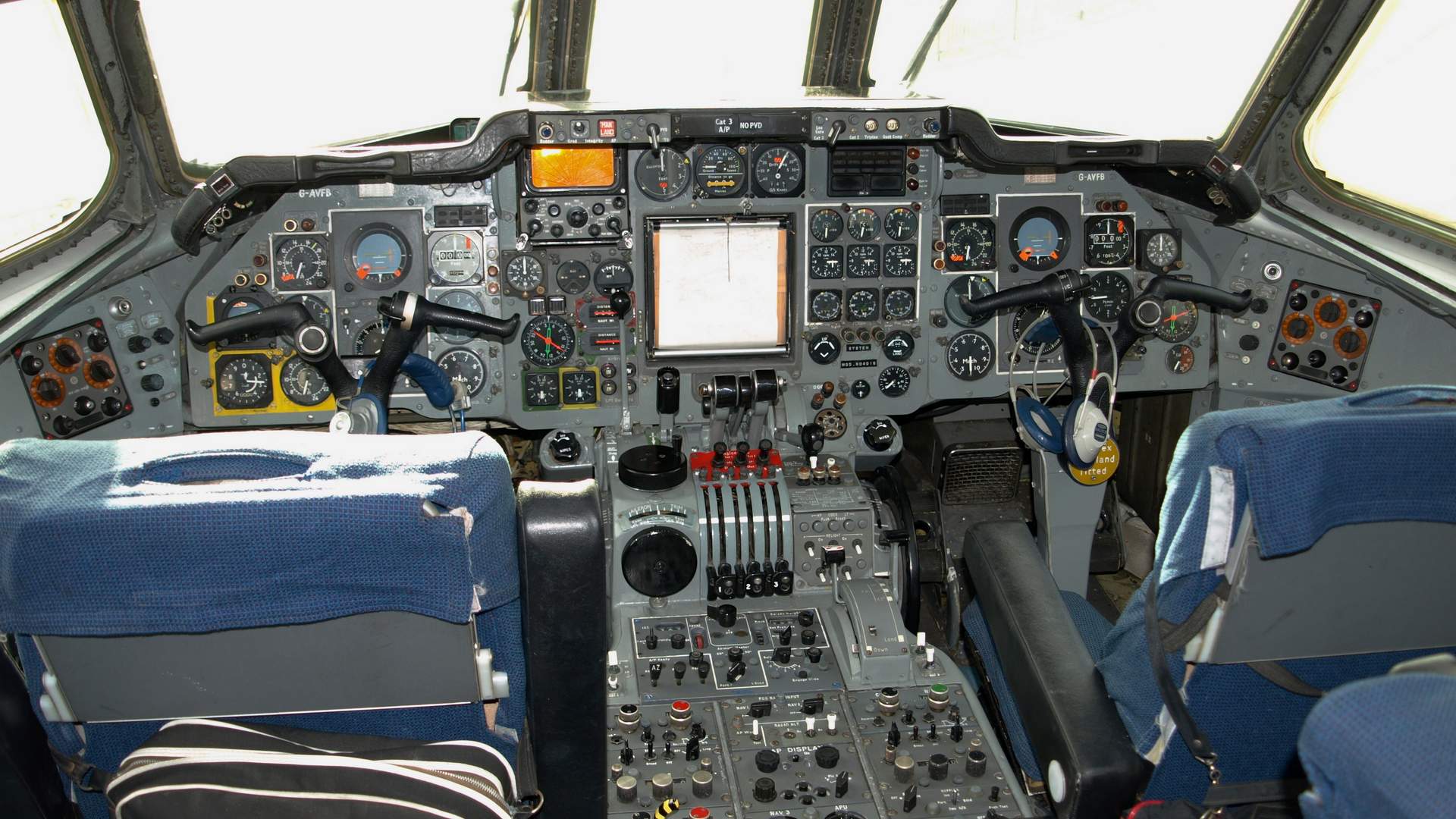
Thankfully today pilots have an ace up their sleeve ready to deploy whenever the ‘pea soup’ rolls in – Autoland. The development of this system provided crews and airlines with the much-needed ability to fly their services with confidence, even in the middle of dark damp winters. The development of this great tool required the bringing together of several new and cutting-edge technologies both on the ground and within the aircraft themselves. This then is a brief overview of how we came to being able to put our blind faith in the automation of the all-important landing.
Feeling the Ground
During the First World War, aviation was in its infancy but still played a significant role in each side’s attempts to gain the upper hand, fulfilling roles from reconnaissance to attacking the enemy. Frustratingly for the war’s strategists, the European weather often disrupted the use of these useful contraptions and so efforts began to mitigate some of these issues.
A common problem for those early aviators was low-level fog obscuring their landing sites. The earliest attempts at aiding pilots landing in this fog were in 1916 when the Royal Naval Air Service conducted a series of experiments where the pilot would lower a weighted cord under their aircraft. When the weight attached to the end of this cord – about 15ft below – contacted the ground, it would relieve the tension, illuminating a light in the cockpit. This light informed the pilot to begin the flare.
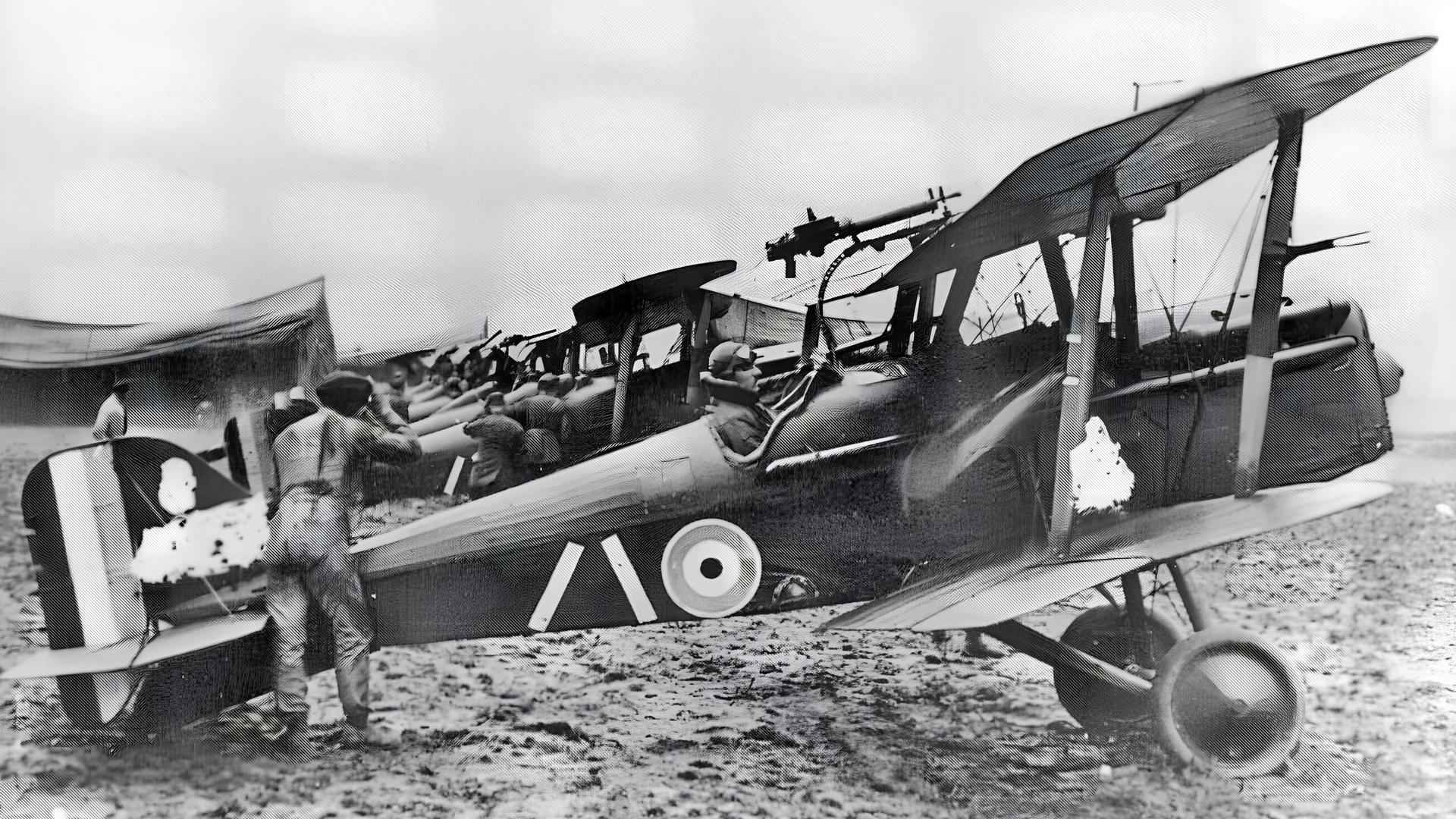
This crude ground proximity device of course did not provide any directional guidance. However, the slow wooden and canvas bi-planes of the time required little space to stop and so could afford to land roughly in the right direction on the wide grass runway with little worry about colliding with anything. However, different types of aircraft needed to begin their flare at different heights and so on each model that this device was fitted, the length of the cord used needed to be adjusted through trial and error.
The end of the war didn’t mean the end of these experiments with further testing taking place in 1919 by the Experimental Squadron of the newly formed Royal Aircraft Establishment (RAE). Here they developed a new tail skid mounted device which was supposedly designed to reduce bouncing upon landing. And, in another experiment in 1923, a heavily aft-trimmed Vickers Vimmy would be held by the pilot until – using a ground proximity device – would release the controls at the right moment, whereupon the resulting phugoid motion would provide a smooth flare.
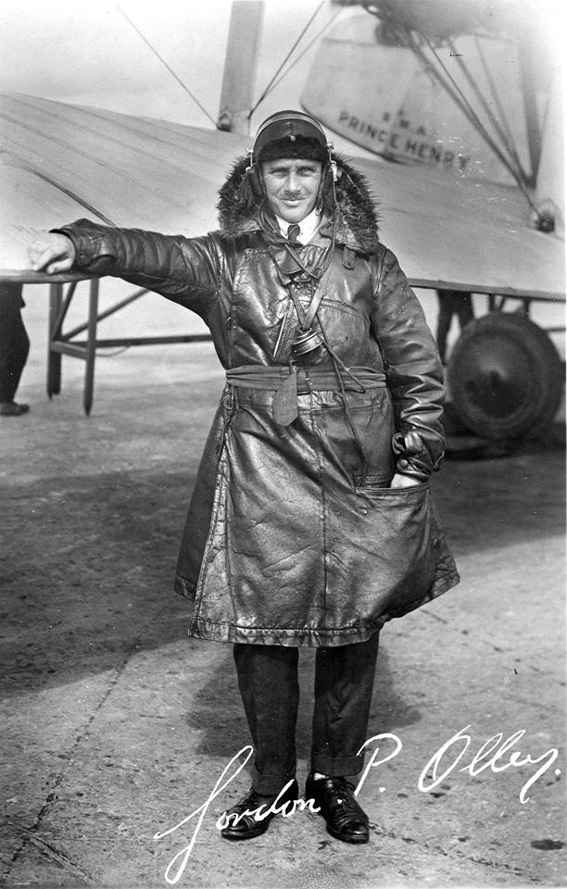
These crude methods may have addressed the problem of arresting the descent at the right moment before touchdown in their own peculiar and somewhat precarious ways, but they didn’t address the problem of directional guidance. In 1921, Professor Lindemann suggested using a line of tethered balloons which would progressively get lower, following the glideslope. When the pilot enters the low-laying fog, he would simply maintain directional control and touchdown roughly on the right spot on the runway. In 1925, an Imperial Airways flight from Paris landed at Croydon Airport in thick fog where signal rockets were used to guide the pilot, G P Olley, in on schedule.
Although these were novel ideas, they were nonetheless rather limited in that they still required the pilot to spot the aids in the first place. In other similar conditions like low clouds or dense precipitation, these may not be seen at all. The British were not the only ones making curious developments in this area, with similar experiments taking place in France. But it was work taking place in the US that would provide the next step.
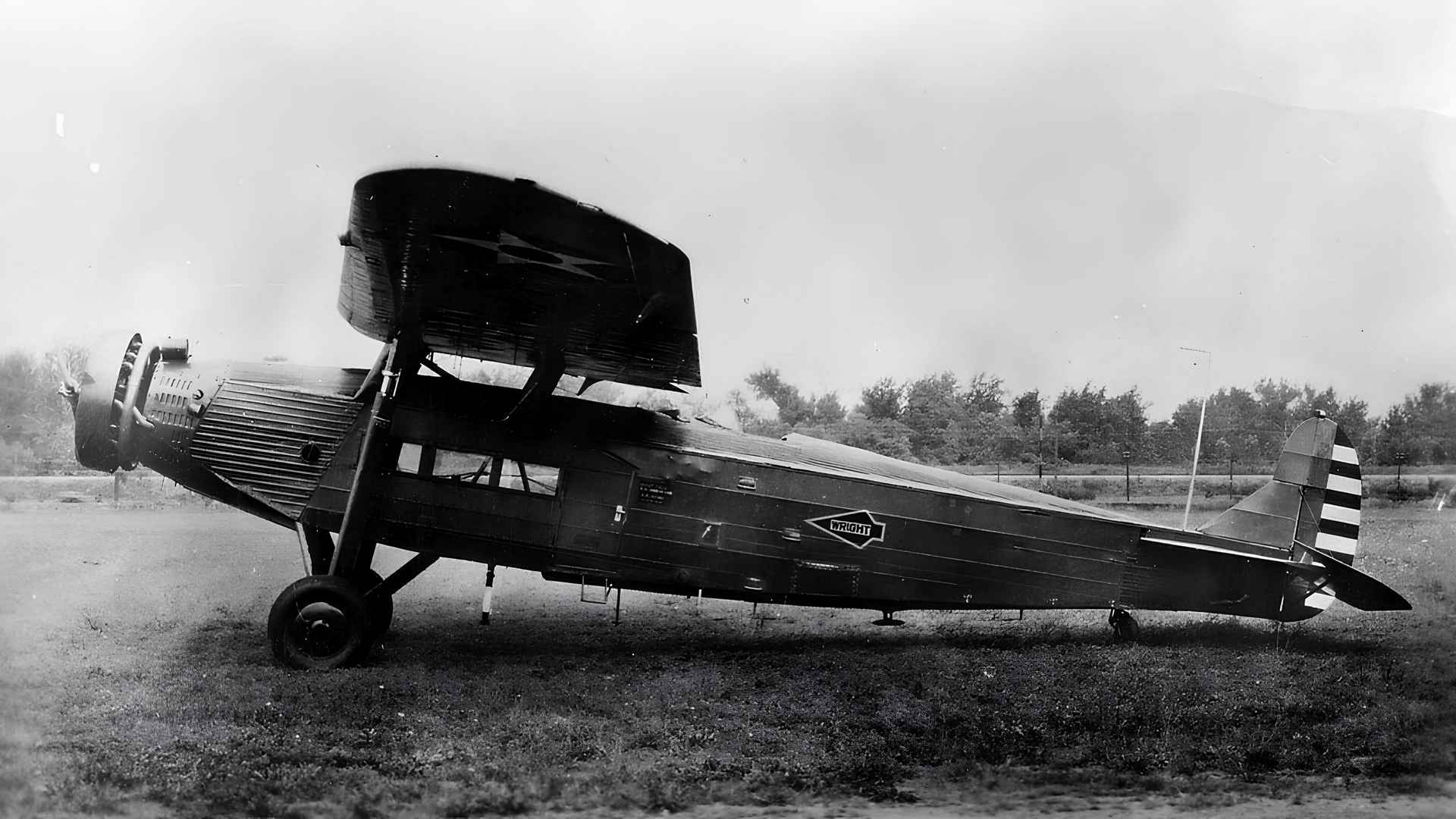
Tuning In
On August 23rd 1937 a Fokker C-14B (s/n 31-381) rumbled into the air from Wright Field, Ohio with army aviator Captains Carl Crane and George V Holloman at the controls, along with civilian Raymond Stout, an electrical engineer who assisted in developing the novel systems installed. The trio in their Fokker meandered over to nearby Patterson Field which had five new radio antennas installed. This was no coincidence as the Fokker flying towards them was no ordinary C-14B. Crane had installed a set of special radio navigation instruments developed by himself, and this flight was to test them.
Crane had a lifelong passion for aviation, especially blind flight and with his colleague William C Ocker he wrote “Blind Flight in Theory and Practice” in 1932. Ocker did develop some instruments of his own, but Crane came to have over 100 patients on such devices and studied the effects of blind flying on pilots, later developing a training aid on basic aircraft motion.
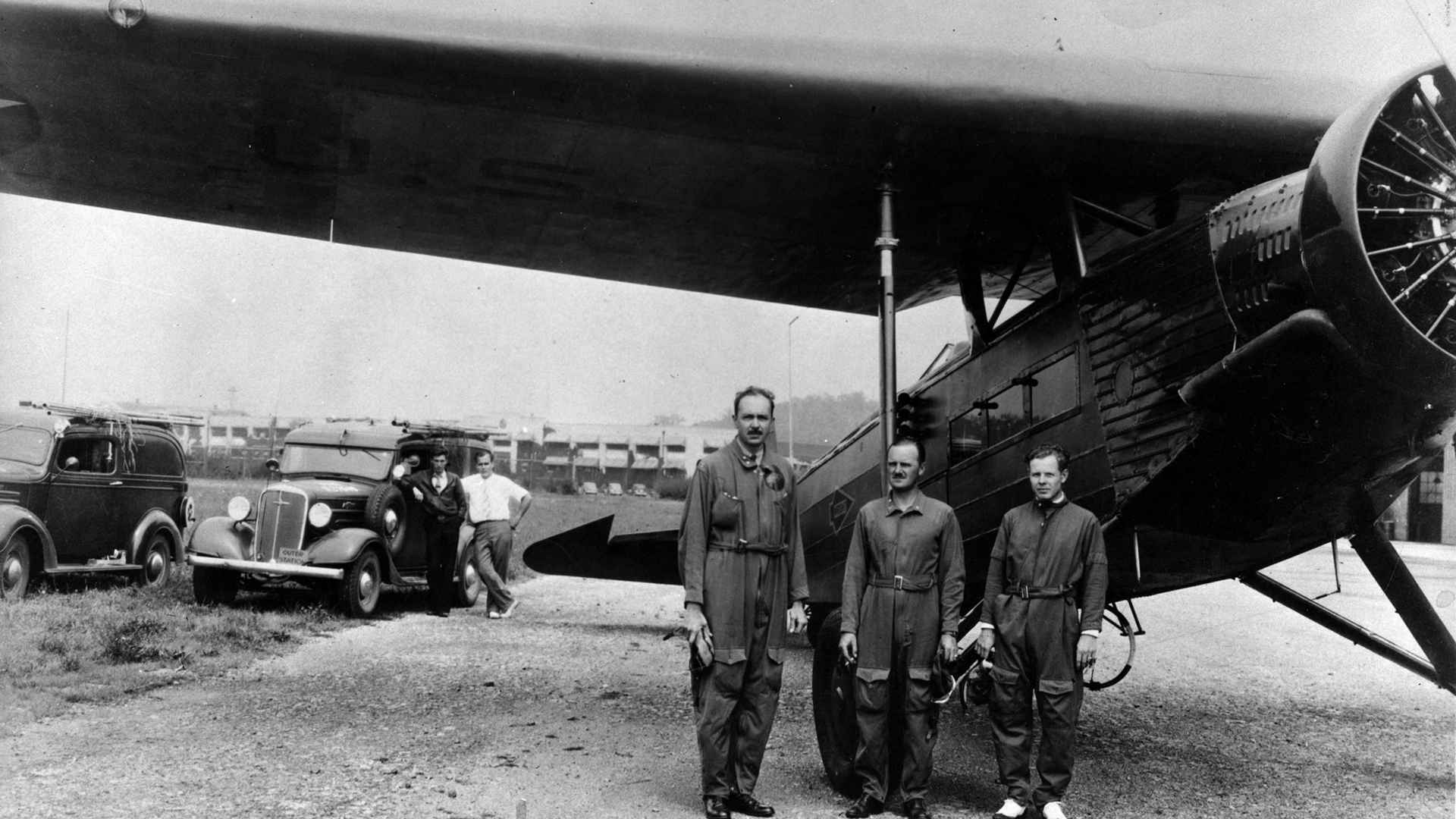
Approaching Patterson, Crane activated his instruments and tuned into the radio antennas below. The Fokker, in a world-first, descended and performed a fully automatic landing without any input from either pilot. Their achievement earned them the 1937 Mackay Trophy and the Distinguished Flying Cross presented by Major General Hap Arnold. Although very impressive, curiously the US Army didn’t further pursue Crane’s automatic landing. However, Crane wasn’t the only one who saw the use of radio in guiding pilots to the runway.
Around the same time Crane was performing his automatic landing in the Fokker, other American engineers were working on Signal Corps System 51 (SCS 51). Using short-range VHF/UHF radio beams, SCS 51 could be used to guide pilots to the runway, and once again war provided the demand for such a system. The USAAF, becoming frustrated by Europe’s varied weather disrupting their bombing sorties, brought the system to the UK in 1944 for a demonstration.
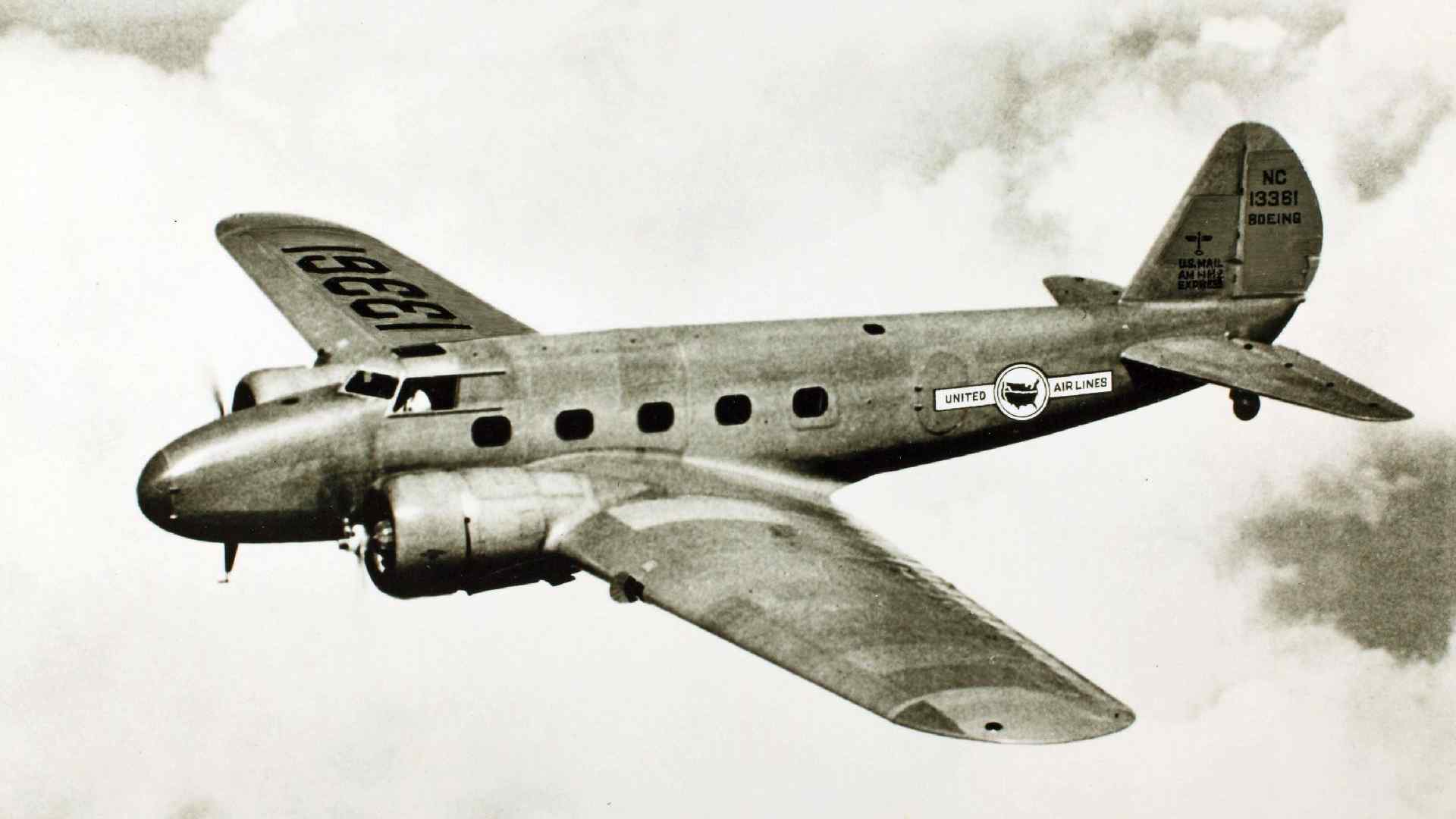
Installed at Defford the pilots of a Boeing 247D, fitted with the necessary instrumentation, followed the SCS 51 radio beams and landed successfully on the runway in front of British officials including representatives of the RAE and TRE (the Telecommunications Research Establishment). These officials were seemingly sold on the idea of SCS 51 and decided further development work was to be done between the two organisations’ instrument and aerodynamics departments to bring about a fully operational version. Overseen by the Ministry of Aircraft Production Headquarters, work continued through 1944 and early 1945, with the idea of fully automated landings emerging with an Air Staff Requirement issued for such a system.
Following cooperation with Manchester University using their mechanical differential analyser, in January 1945 a fully automatic landing was performed in complete darkness. Although the aircraft making the landing, a Boeing 247D (DZ203), didn’t flare and simply glided down a shallow glideslope onto the runway this was a major step towards regular automatic landings.
Though this was primarily a military project, the Department of Civil Aviation observed the developments closely. And, SCS 51 wasn’t the only radio-based landing aid developed in the 1930s with similar designs elsewhere such as the Diamond-Dunmore system or the German Lorenz. However, SCS 51 formed the basis for the Instrument Landing System (ILS) adopted by the ICAO in 1948.
End of Part One. The next (and final) part is HERE.



